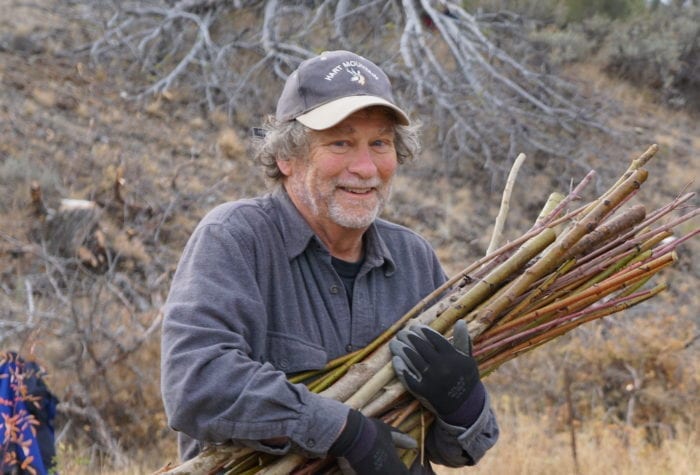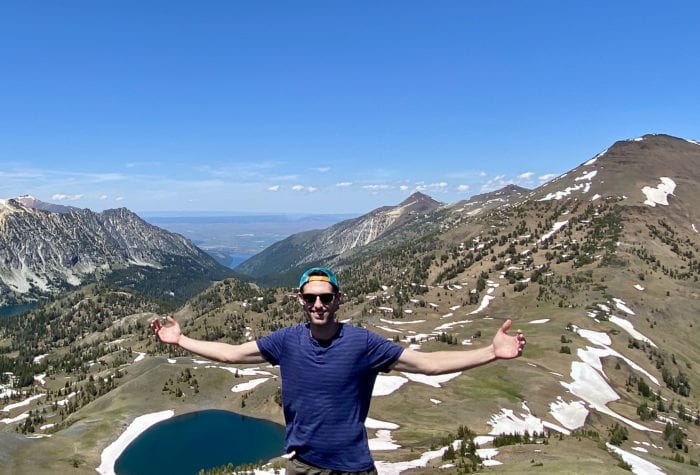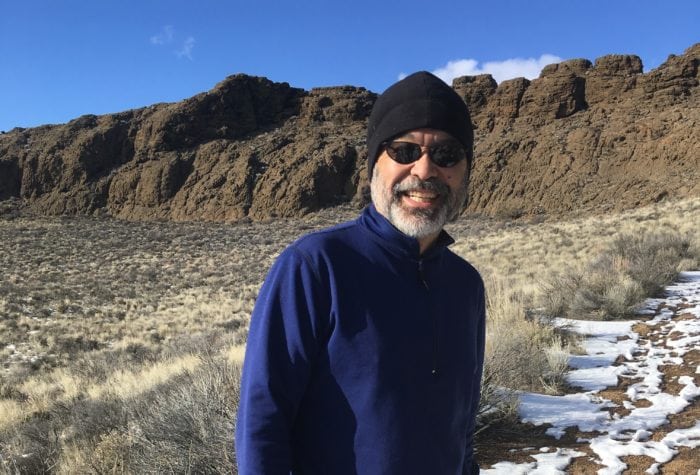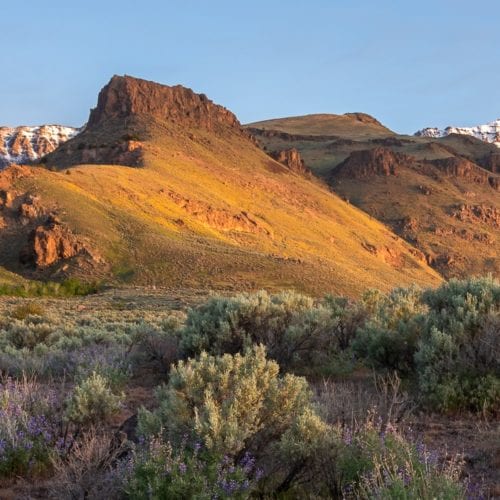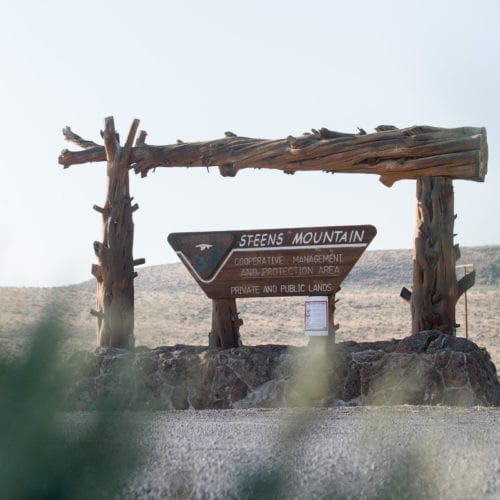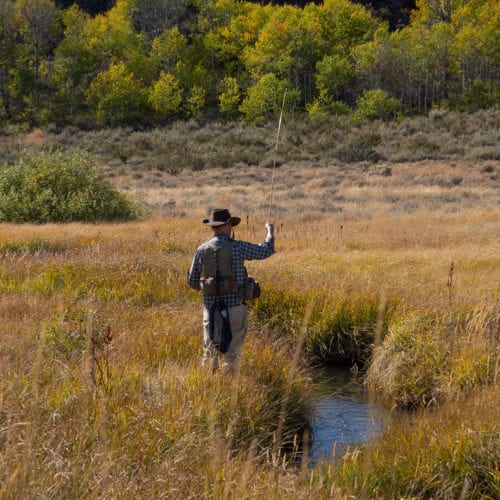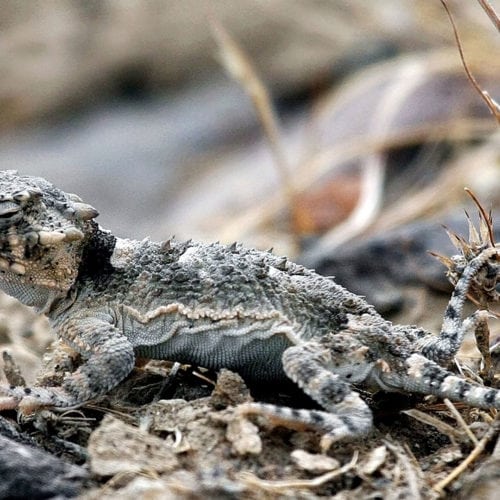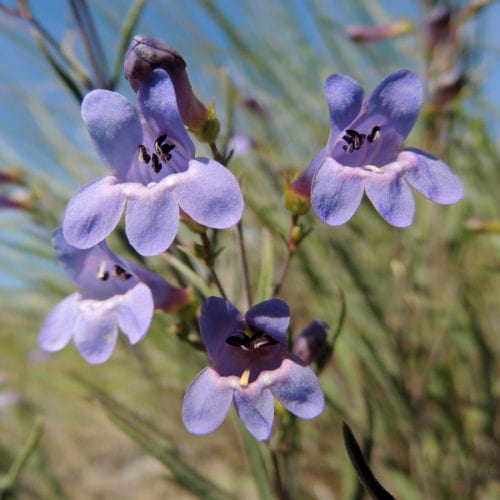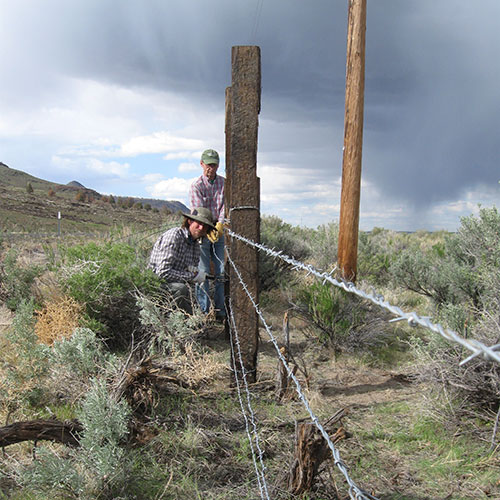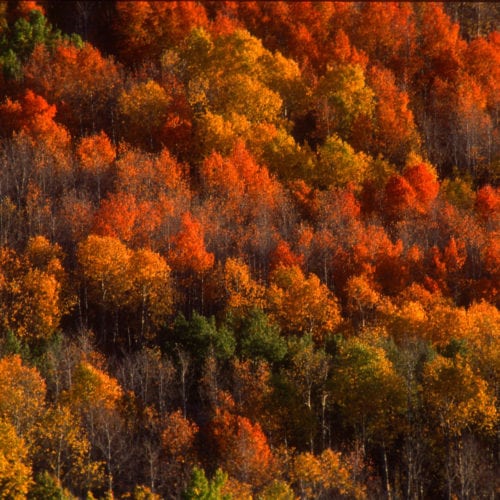Steens Next 20
by Senior Attorney Mac Lacy Steens Mountain is an extraordinary place. Known to the Northern Paiute as Tse’tse’ede, “the Cold One,” the mountain covers an ecologically distinctive, half-million acre landscape […]
Read MoreSteens Act Turns 20
Known by the Northern Paiute as Tse’tse’ede, the Steens is both a historic homeland and an unparalleled treasure in Oregon’s high desert. The largest fault block mountain in North America, […]
Read MoreSpecies Spotlight: Quaking Aspen
Author: LeeAnn Kriegh | Published: September 15, 2020 | Category: Species Spotlight Why Aspen Quake The day I fell in love with Central Oregon, I woke to the sound of […]
Read MoreWhat Wild & Scenic Looks Like
Did you know that, in addition to rivers, the Wild and Scenic Rivers Act can also protect creeks, streams and lakes? Wild and Scenic desert waters take many forms and […]
Read MoreSummertime Strategies
Wow, it’s hot out there in the high desert! At least much of the time … not so much at night … and not every day either. (I can clearly […]
Read MoreSigns of Summer
Author: Scott Bowler | Published: July 2, 2020 | Updated: June 3, 2021 | Category: Phenology Across Oregon’s high desert, plants and animals spend the summer months “searching” — for […]
Read MoreHow Much Wilderness Do We Need?
In a recent editorial, The Bulletin asked a good question: “how much land does Oregon have that is appropriate for wilderness?” The answer is a lot. A heckuva lot. In […]
Read MoreHow to Identify Native Plants
By Scott Bowler Hey, what’s that cool flower? After leading wildflower discovery and identification trips for 40-plus years, I can tell you that people’s most common reaction upon encountering a […]
Read MoreAutumn – The Best Time to Visit Oregon’s Desert?
Spring, summer and winter are all strong contenders, but there’s mounting evidence that autumn could be the very best season to visit Oregon’s high desert. Consider … Temperature – Daytime […]
Read More